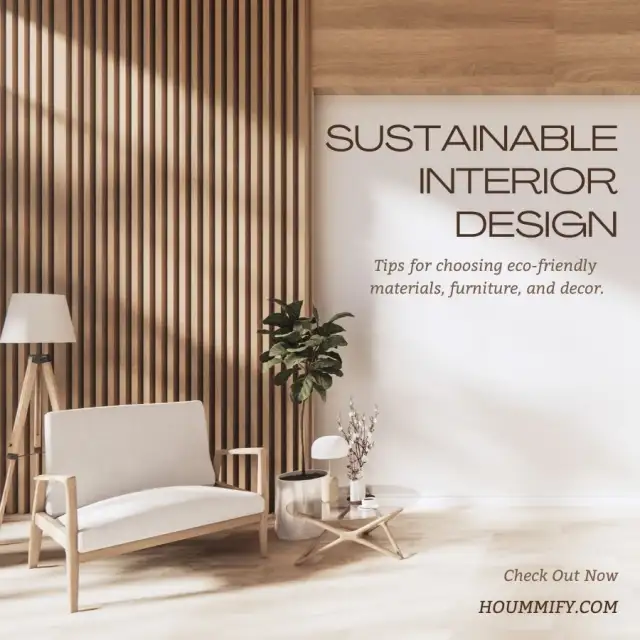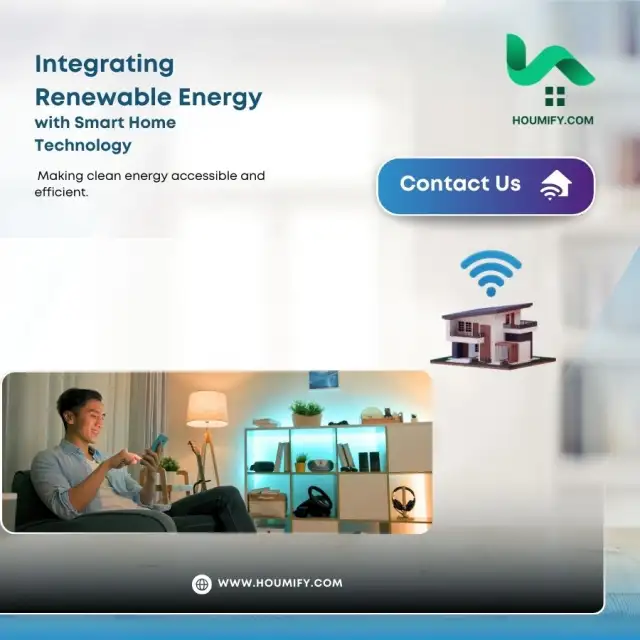Green Buildings' Role in Reducing Washington’s Energy Consumption
How Green Buildings Are Transforming Washington’s Energy Landscape
As climate change concerns escalate and energy costs soar, the demand for sustainable solutions has never been higher. In Washington State, green buildings have emerged as a pivotal strategy to reduce energy consumption while promoting environmental stewardship. These energy-efficient structures, designed to minimize waste and reliance on nonrenewable resources, are shaping the future of Washington’s built environment.
With Washington's ambitious energy goals, such as achieving net-zero emissions by 2050, the push for green buildings is more relevant than ever. From commercial office spaces to residential developments, eco-friendly architecture is not only cutting energy usage but also reducing utility costs and creating healthier living environments.
19 Important Features of an Energy Efficient Building
This article delves into the role of green buildings in reducing Washington’s energy consumption. We'll explore why this trend matters, highlight key strategies behind energy-efficient design, and showcase how green buildings are contributing to a more sustainable future for the state.

Why People Search About Green Buildings and Energy Consumption
Understanding the search intent behind topics like Green Buildings' Role in Reducing Washington’s Energy Consumption is key to crafting content that addresses users’ needs. Searchers are typically motivated by questions like:
- What are green buildings, and how do they work?
- How do green buildings reduce energy consumption?
- What are the benefits of green buildings for homeowners, businesses, and the environment?
- What green building certifications exist in Washington, such as LEED?
- How can I incorporate energy-efficient strategies into my property in Washington?
Types of Search Intent Relevant to This Topic
- Informational: Users want to learn about green buildings and their impact on energy usage.
- Navigational: Searchers are looking for programs, certifications, or builders specializing in green construction in Washington.
- Transactional: Homeowners and businesses may be interested in upgrading their properties or investing in green buildings to reduce costs and energy consumption.
- Commercial: Some users may compare green building technologies and contractors to implement sustainable solutions in their projects.
How Green Buildings Reduce Energy Consumption
Green buildings utilize a combination of innovative designs, technologies, and sustainable materials to achieve higher energy efficiency. Below are some of the strategies that make these buildings instrumental in reducing Washington’s energy consumption:
1. Energy-Efficient Design Principles
Green buildings prioritize energy efficiency from the ground up. Key features include:
- Passive Design Strategies: Maximizing natural light, ventilation, and insulation reduces the need for artificial heating, cooling, and lighting.
- Solar Panels: Many green buildings in Washington integrate solar energy systems to reduce dependence on nonrenewable power sources.
- High-Performance Windows: Double- and triple-pane windows improve insulation and minimize energy loss.
2. Sustainable Building Materials
The materials used in green buildings not only lower energy requirements during construction but also improve long-term performance. Examples include:
- Recycled Steel and Concrete: These materials reduce the carbon footprint associated with new production.
- Cool Roofing Materials: Reflective roofing minimizes heat absorption, reducing cooling costs in warmer months.
3. Advanced HVAC Systems
Heating, ventilation, and air conditioning (HVAC) systems in green buildings are designed for optimal efficiency:
- Smart Thermostats: These devices automatically adjust temperatures based on occupancy and weather patterns.
- Energy Recovery Ventilation (ERV): ERVs recycle heat from outgoing air to preheat incoming air, reducing energy consumption.
4. Water Efficiency
While the focus is often on energy, green buildings also conserve water, which indirectly reduces energy usage in water treatment and distribution systems. Strategies include:
- Low-Flow Fixtures: Faucets, showerheads, and toilets that use less water.
- Rainwater Harvesting Systems: Collected rainwater can be used for irrigation or flushing toilets.
The Benefits of Green Buildings in Washington
Washington’s commitment to sustainability is driving the green building movement, benefiting individuals, businesses, and the environment.
Environmental Benefits
- Reduced Carbon Emissions: By consuming less energy, green buildings contribute to Washington’s goal of reducing greenhouse gas emissions by 45% by 2030.
- Conservation of Natural Resources: Sustainable materials and water efficiency reduce the strain on Washington’s natural ecosystems.
Economic Benefits
- Lower Utility Costs: According to the U.S. Green Building Council, green buildings save an average of 25-30% on energy bills.
- Increased Property Value: Energy-efficient homes and buildings typically sell for higher prices due to growing demand for sustainability.
Health and Wellbeing
- Improved Air Quality: Green buildings often include ventilation systems that filter pollutants, creating healthier indoor environments.
- Natural Lighting: Daylighting strategies improve occupant productivity and mental health.

How Washington is Encouraging Green Building Practices
Washington is a leader in promoting sustainable construction. Below are some of the state’s key initiatives:
Green Building Certifications
Several certification programs encourage sustainable construction and reward energy-efficient practices:
- LEED (Leadership in Energy and Environmental Design): Many buildings in Seattle, Tacoma, and Spokane have earned LEED certifications for sustainable design.
- Energy Star: Buildings meeting specific energy performance standards receive this certification.
Government Incentives
The state offers incentives for green construction and retrofits, including:
- Tax Credits: Property owners can receive deductions for installing renewable energy systems like solar panels.
- Energy Efficiency Rebates: Utility companies like Puget Sound Energy provide rebates for energy-efficient appliances and upgrades.
Sustainable Urban Development
Cities like Seattle are integrating green building practices into urban planning. For instance, the Seattle Green Building Incentive Program supports developers who incorporate energy-efficient systems, renewable materials, and sustainable construction techniques.
How to Get Started with Green Building in Washington
If you’re a property owner or investor in Washington looking to embrace green building practices, here are some steps to get started:
- Conduct an Energy Audit: Assess your building’s current energy consumption to identify opportunities for improvement.
- Choose Certified Builders: Work with contractors experienced in green construction to ensure your project meets sustainability standards.
- Incorporate Renewable Energy: Install solar panels or wind turbines to reduce your reliance on nonrenewable power sources.
- Apply for Incentives: Take advantage of state and federal programs to offset the cost of upgrades or new construction.
Green Buildings: The Path Forward for Washington
The Green Buildings' Role in Reducing Washington’s Energy Consumption underscores their critical role in creating a sustainable future. By adopting energy-efficient designs, using renewable materials, and leveraging advanced technologies, green buildings are not only reducing Washington’s energy consumption but also enhancing economic and environmental resilience.
Whether you’re a homeowner, a business owner, or a policymaker, the benefits of green buildings are undeniable. From cutting utility costs to reducing carbon emissions, this trend represents a win-win for individuals and the planet alike.
Are you considering making your property more energy-efficient? Share your thoughts in the comments below, and don’t forget to share this article on social media to inspire others to join the green building movement!



